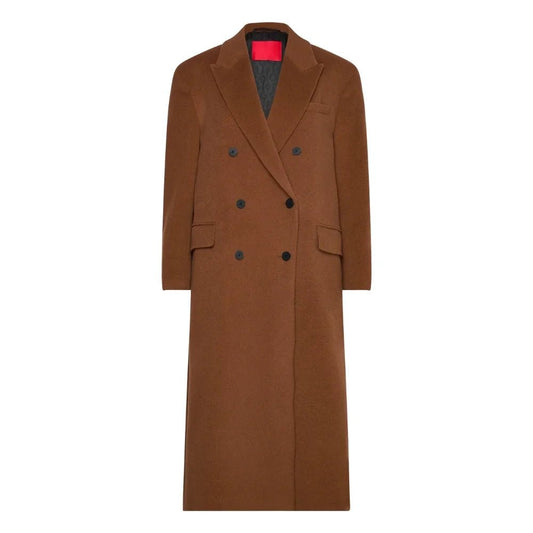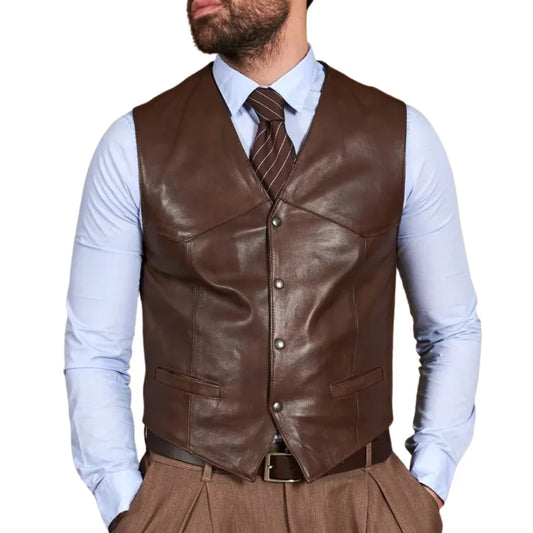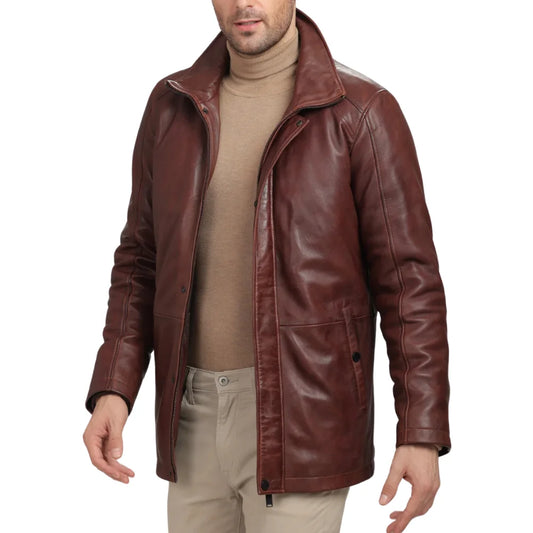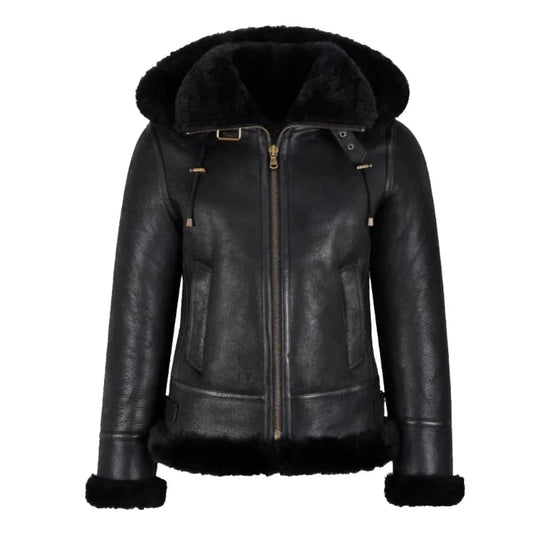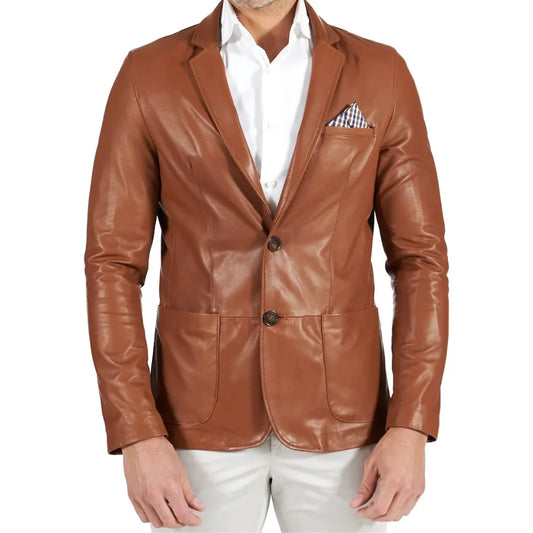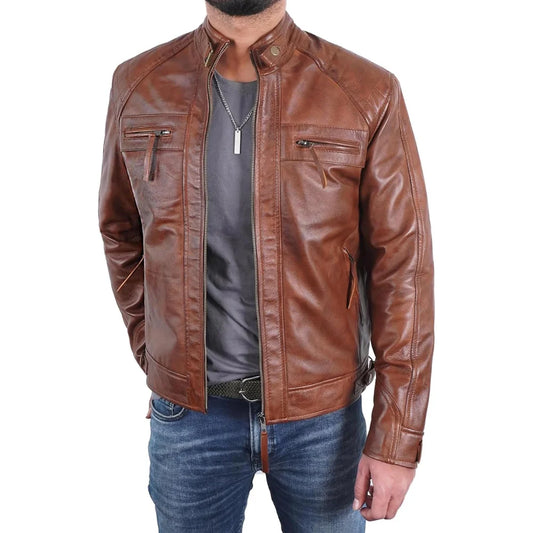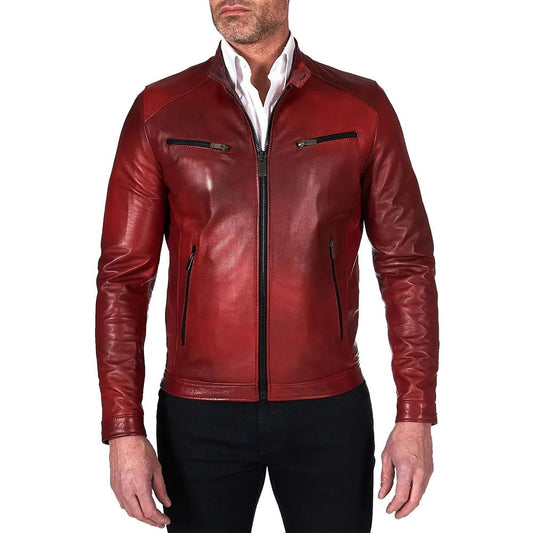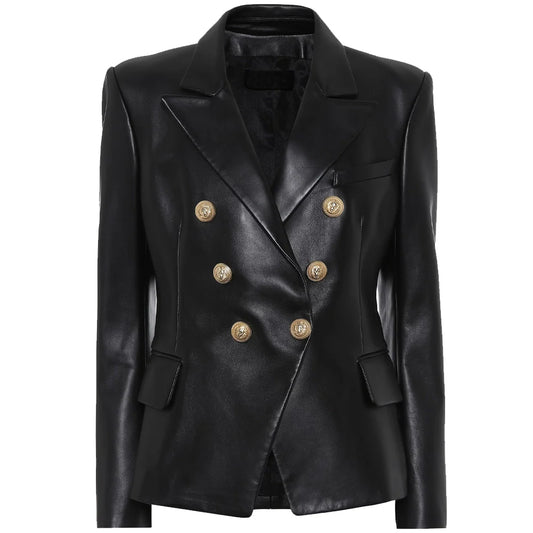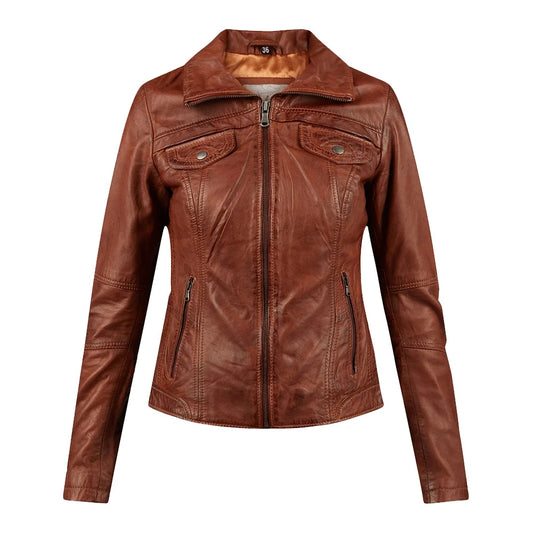Leather Jacket Care Guide: Preserve Texture, Color & Durability
A leather jacket is an investment that deserves careful maintenance. This step-by-step guide helps preserve your leather jacket’s texture, color, and lifespan—while improving your SEO rankings with keyword-rich content.
1. Daily Cleaning & Maintenance

Dry Brushing:
- Use a horsehair brush or microfiber cloth to gently remove dust and dirt.
- Always brush in the direction of the grain to avoid scratches.
Spot Cleaning Stains:
- Oil-based stains (makeup, grease): Dab with cornstarch or baking soda using a cotton swab. Leave overnight, then brush off.
- Water-based stains (coffee, rain): Wipe gently with a barely damp cloth using distilled water. Let air dry.
- Ink stains: Lightly blot with 90% rubbing alcohol using a cotton ball. Test on a hidden spot first.
Pro Tip: Avoid paper towels—they can scratch the leather or leave lint.
2. Deep Cleaning & Conditioning
Step 1: Use the Right Cleaner
- Choose a pH-balanced leather cleaner (no household soaps).
- For suede or nubuck, use a suede-specific cleaner and eraser.
Step 2: Clean Gently
- Dampen a soft cloth and work in circular motions.
- Focus on high-contact areas like collars and cuffs.
Step 3: Condition Every 6–12 Months
- Use natural leather conditioners like beeswax or mink oil.
- Apply with a lint-free cloth, let it absorb, then buff dry.
3. Proper Storage Techniques

Hanging:
- Use a wide, padded wooden hanger to maintain shape.
- Avoid wire hangers—they can leave shoulder dents.
Storage Environment:
- Store in a cool, dry place with 40–50% humidity.
- Use a breathable cotton garment bag (never plastic).
Long-Term Storage:
- Stuff sleeves with acid-free tissue to prevent creasing.
- Add cedar blocks to deter moths and absorb moisture.
- Avoid direct sunlight, heaters, and damp spaces.
4. Protecting from Water & Heat
Waterproofing:
- Apply a silicone-free leather protector spray yearly.
- Always test on an inconspicuous area first.
Drying Wet Leather:
- Blot water gently with a clean towel.
- Air dry at room temperature (no direct heat).
- Condition after drying to restore flexibility.
Prevent Heat Damage:
- Never iron leather directly.
- For wrinkles, hang in a steamy bathroom—not in direct steam.
5. Repairing Minor Damage

Scratches:
- Rub olive oil or leather balm gently into the scratch.
- Deep scratches? Seek professional help.
Color Fading:
- Use a leather dye or color balm that matches your jacket.
Removing Odors:
- Sprinkle baking soda inside and let sit overnight; vacuum afterward.
- For smoke odor, hang outdoors in fresh air for 24 hours.
6. Sustainable Practices & Disposal
Repurpose:
- Turn old jackets into bags, gloves, or patchwork projects.
Donate:
- Give to thrift shops, shelters, or donation centers.
Recycle:
- Leather scraps can be reused in furniture or accessories.
7. Seasonal Care Checklist
Winter:
- Wipe salt stains quickly using a 1:1 vinegar-water mix.
Summer:
- Keep out of prolonged sun to avoid drying and cracking.
Monsoon:
- Apply waterproof spray before the rainy season starts.
FAQs
Q: Can I use coconut oil on my leather jacket?
A: Yes, but very sparingly. It may darken light-colored leather—always test first.
Q: How do I fix peeling leather?
A: Peeling usually means low-quality leather. For small areas, try leather glue. Larger issues need a specialist.
Q: Can I machine wash a lined leather jacket?
A: No. The lining must be hand-washed separately. Never submerge leather in water.
